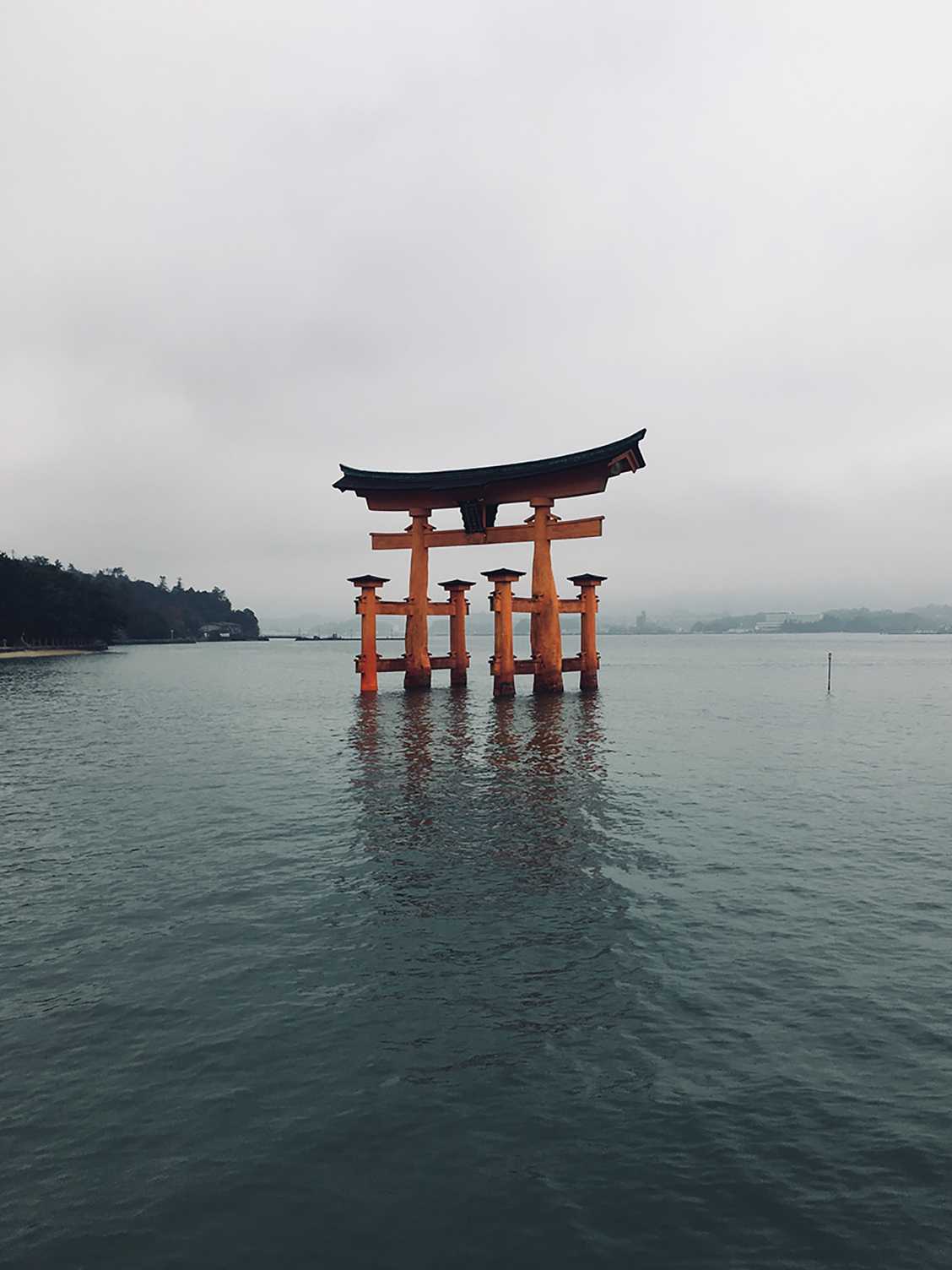Japanese Journey: Traversing the vivid landscape of the East
Japan is often seen as the prime Spring Break destination due to the cherry blossoms, or sakuras. What many people don’t know is that the fall foliage in Japan is just as beautiful, and there are fewer tourists in the fall as well, making Japan a prime destination for a fall trip. The crisp, orange and red leaves stand out against both metropolitan and country landscapes.
Over Thanksgiving break, my family and I spent nine days traversing the beautiful landscape, taking in the sights and immersing ourselves in the culture. The juxtaposition of traditional, purely Japanese culture against American concepts makes for a truly unique experience. Perhaps there is no better example than Tokyo’s Harajuku Street, where stores sell both Japanese Harajuku fashions and American shoes and denim, and where a McDonald’s shines out between street vendors.
It’s easy to feel like a tourist at the top of the Tokyo tower, but it was easy for us to feel like one of the locals even though we did not speak the language — we used public transport, rode the world-renowned bullet trains and purchased drinks from the vending machines ubiquitous at each corner.
Teenagers have a bad reputation for not being interested in museums and monuments, but the historical places in Japan would captivate anyone with their fascinating architectural styles and the rich stories they hold. Add that to the plethora of shopping and dining options, and it’s easy to see why this quickly became one of my favorite trips.
Japan offers a full sensory experience with delicious food options, vast and varied scenery, plenty of shopping fixtures and many historical monuments to visit. While the foliage is incredible in the fall, most activities can be enjoyed year-round.
If you’re looking to plan a trip anytime soon, look no further than the island 5,000 miles away.



